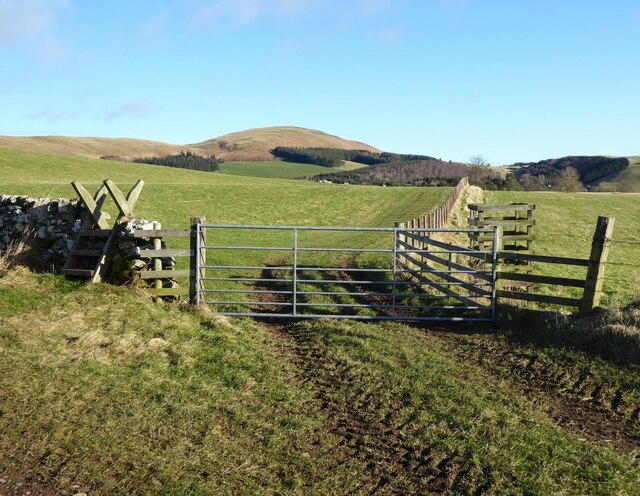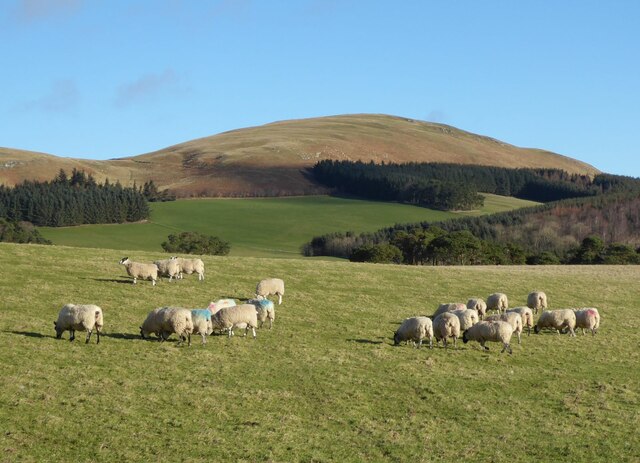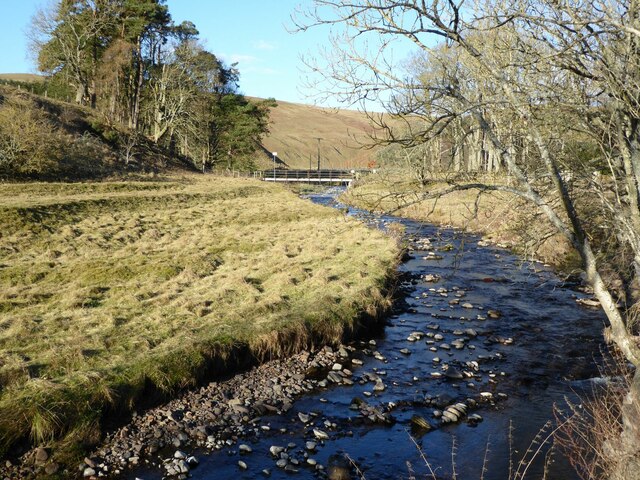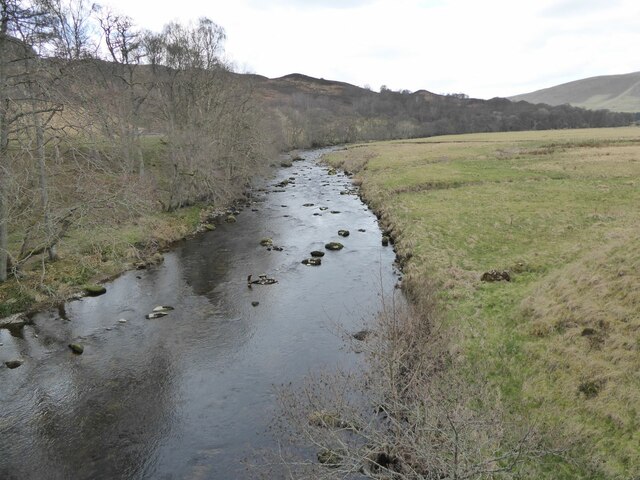Clennell Wood
Wood, Forest in Northumberland
England
Clennell Wood
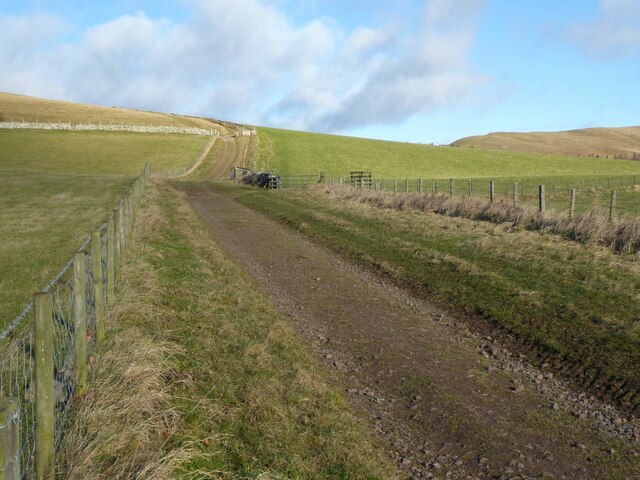
Clennell Wood is a picturesque forest located in the county of Northumberland, England. Covering an area of approximately 3,000 acres, it is one of the largest and most diverse woodlands in the region. The wood is situated within the Northumberland National Park, which adds to its scenic beauty and natural surroundings.
The woodland is primarily composed of mixed deciduous and coniferous trees, providing a rich and vibrant habitat for a variety of wildlife. Ancient oaks, beeches, and birch trees dominate the landscape, while spruces and firs add a touch of evergreen charm. The forest floor is adorned with a carpet of bluebells and wildflowers during springtime, creating a magical atmosphere for visitors.
Clennell Wood offers an array of recreational activities for nature enthusiasts and outdoor adventurers. There are numerous walking trails and paths that wind through the woodland, offering opportunities for leisurely strolls or more challenging hikes. The forest is also a popular spot for mountain biking, with designated trails catering to all skill levels.
Wildlife enthusiasts will be delighted by the diverse fauna found within Clennell Wood. Red squirrels, roe deer, and various bird species, including woodpeckers and owls, are commonly spotted throughout the area. The wood is also home to the rare pearl-bordered fritillary butterfly, which thrives in the wildflower meadows.
Conveniently located near the village of Alwinton, Clennell Wood offers a tranquil escape from the hustle and bustle of city life. Its natural beauty, diverse ecosystem, and range of outdoor activities make it a popular destination for both locals and tourists seeking to immerse themselves in the enchanting Northumberland countryside.
If you have any feedback on the listing, please let us know in the comments section below.
Clennell Wood Images
Images are sourced within 2km of 55.360154/-2.1092845 or Grid Reference NT9307. Thanks to Geograph Open Source API. All images are credited.


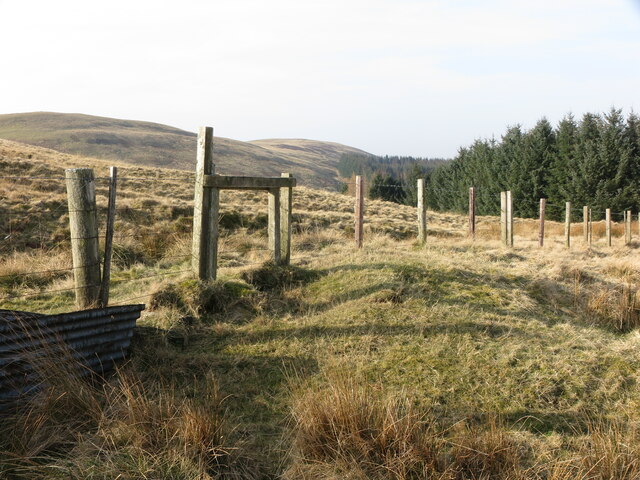


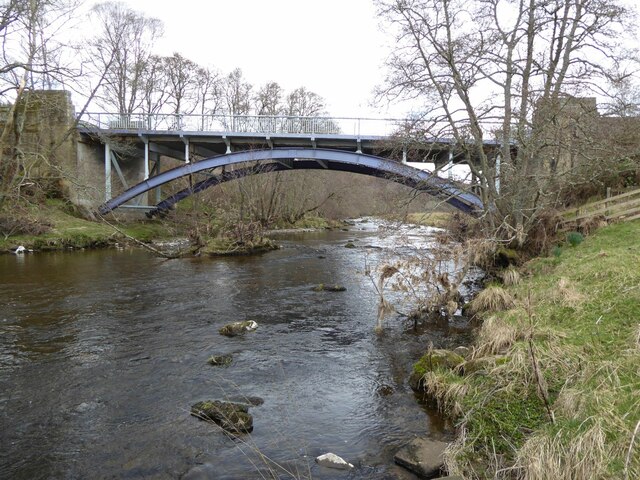
Clennell Wood is located at Grid Ref: NT9307 (Lat: 55.360154, Lng: -2.1092845)
Unitary Authority: Northumberland
Police Authority: Northumbria
What 3 Words
///tuck.worldwide.rotate. Near Rochester, Northumberland
Nearby Locations
Related Wikis
Clennell Hall
Clennell Hall is an historic manor house, now operated as a country hotel, situated at Clennell, near Alwinton, Northumberland, England. It is a Grade...
Clennell, Northumberland
Clennell is a small village and as Clennel, a former civil parish, now in the parish of Alwinton, in Northumberland, England. It is about 1 mile (1.6 km...
Alwinton
Alwinton (previously named "Allenton" and sometimes still referred to as this) is a village and former parish in Northumberland, England. Alwinton is named...
River Alwin
The River Alwin is a short, steep upland river that drains the Kidland Forest on the southern flanks of the Cheviot Hills, in the Northumberland National...
Nearby Amenities
Located within 500m of 55.360154,-2.1092845Have you been to Clennell Wood?
Leave your review of Clennell Wood below (or comments, questions and feedback).
